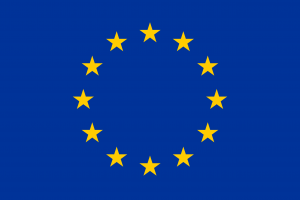EU Explanation of Vote – UN General Assembly 1st Committee: Hague Code of Conduct against Ballistic Missile Proliferation
Chair,
I have the honour to speak on behalf of the European Union Member States to explain the reasons behind our vote in favour of the resolution “The Hague Code of Conduct against Ballistic Missile Proliferation”.
The Candidate Countries North Macedonia*, Montenegro*, Albania*, Ukraine, the Republic of Moldova, Bosnia and Herzegovina* and the EFTA countries Iceland and Norway, members of the European Economic Area, as well as Monaco align themselves with this statement.
After over two decades of existence, The Hague Code of Conduct against Ballistic Missile Proliferation has become an important transparency and confidence-building measure and is all the more important to international security. It is the only multilateral instrument aiming at both preventing ballistic missile proliferation and increasing transparency about ballistic missiles and space launch vehicles of the Subscribing States.
This is why the European Union regrets the change of Russia's position on the HCoC resolution. A negative vote on this is detrimental to international peace, confidence and security building. We encourage Russia to use available communication channels through the Intermediate Central Contact of HCoC to address any relevant issue. Subscribing States should continue to preserve the integrity of the Code and act according to its non-proliferation objectives.
The European Union reaffirms its strong support for the Code and will continue to actively promote its universalisation, full implementation and efficient functioning. We continuously call on all UN Member States that have not yet done so to subscribe to the Code. We also encourage all UN Member States to support and vote in favour of the next biennial Resolution in support of HCoC during the 81st Session of the UN General Assembly in 2026.
Thank you, Chair.
* North Macedonia, Montenegro, Albania and Bosnia and Herzegovina continue to be part of the Stabilisation and Association Process.
